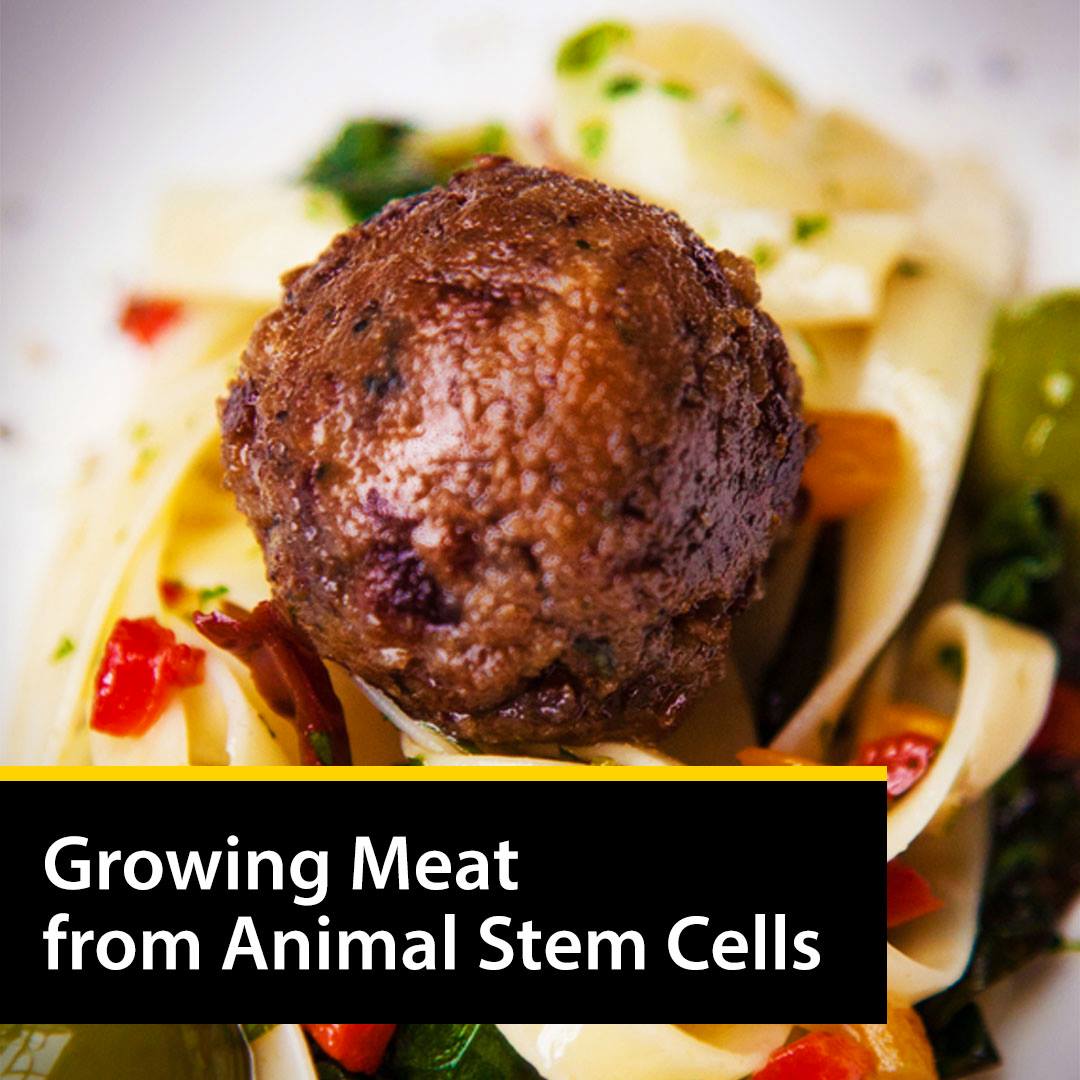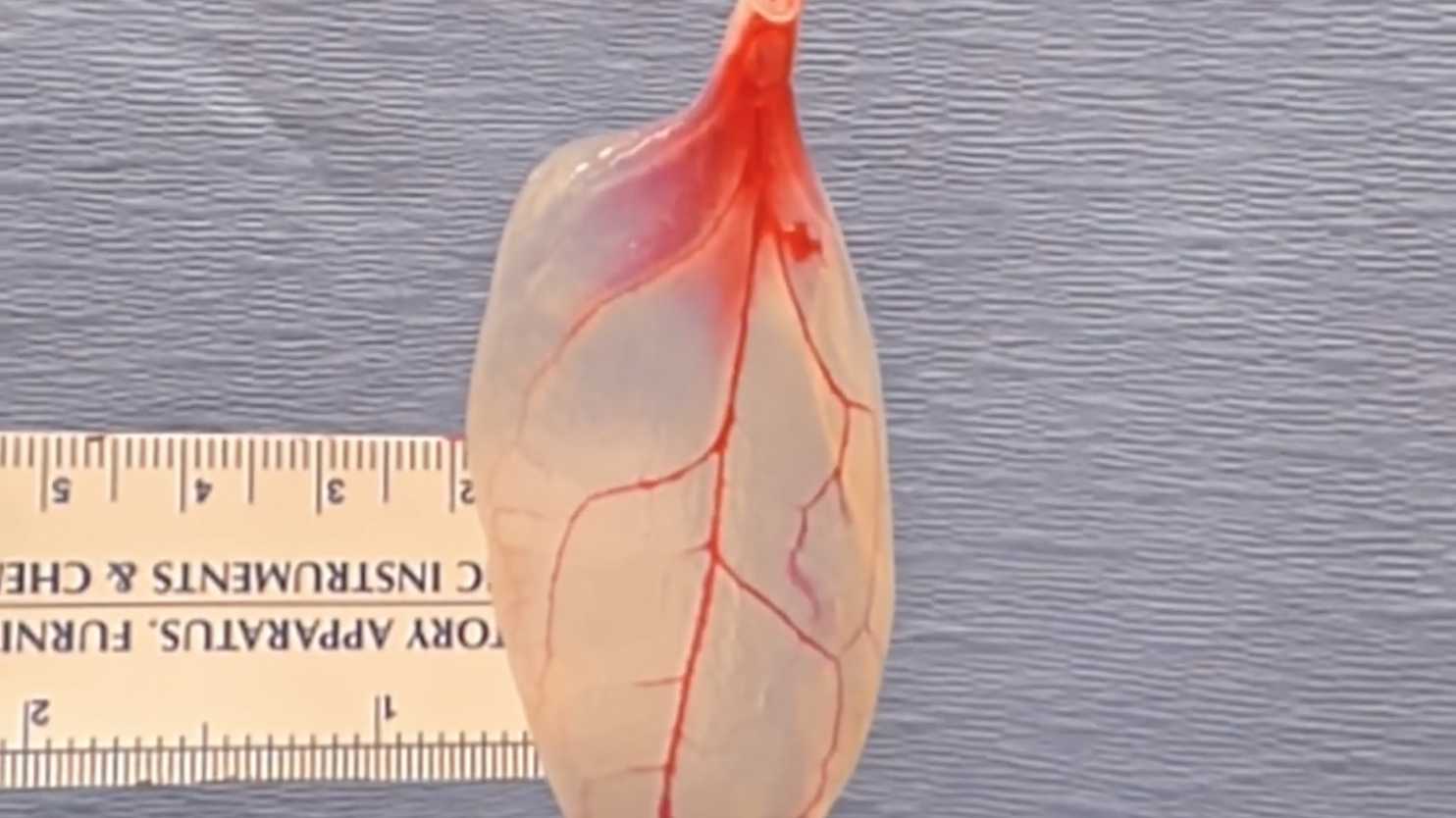Archive for the ‘food’ category: Page 289
Apr 1, 2017
This Scientist Made An AI That Invents Recipes And The Results Are Hilarious
Posted by Sean Cusack in categories: food, robotics/AI
Mar 31, 2017
Self-driving tractors could revolutionize agriculture
Posted by Shailesh Prasad in categories: food, robotics/AI, transportation
Mar 28, 2017
I Took the AI Class Facebookers Are Literally Sprinting to Get Into
Posted by Alireza Mokri in categories: food, internet, mobile phones, robotics/AI
Chia-Chiunn Ho was eating lunch inside Facebook headquarters, at the Full Circle Cafe, when he saw the notice on his phone: Larry Zitnick, one of the leading figures at the Facebook Artificial Intelligence Research lab, was teaching another class on deep learning.
Ho is a 34-year-old Facebook digital graphics engineer known to everyone as “Solti,” after his favorite conductor. He couldn’t see a way of signing up for the class right there in the app. So he stood up from his half-eaten lunch and sprinted across MPK 20, the Facebook building that’s longer than a football field but feels like a single room. “My desk is all the way at the other end,” he says. Sliding into his desk chair, he opened his laptop and surfed back to the page. But the class was already full.
Internet giants have vacuumed up most of the available AI talent—and they need more.
Continue reading “I Took the AI Class Facebookers Are Literally Sprinting to Get Into” »
Mar 27, 2017
Scientists convert spinach leaves into human heart tissue — that beats
Posted by Shane Hinshaw in categories: bioengineering, biotech/medical, food
If an overhyped vegetable existed before marketers coined the term superfood — and long before Oprah Winfrey chatted up acai berries with Dr. Oz — look no further than spinach. (Here’s to Popeye, eating the stuff by the can to inflate his biceps.) Spinach alone, of course, won’t pump anyone up. But it does have a few physical properties of the type that excite biomedical engineers. Spinach grows a network of veins, for instance, that thread through its leaves in a way similar to blood vessels through a human heart.
These leafy veins allowed researchers at Massachusetts’s Worcester Polytechnic Institute to give a new meaning to heart-healthy spinach. The tissue engineers, as they reported recently in the journal Biomaterials, stripped green spinach leaves of their cells. The spinach turned translucent. The scientists seeded the gaps that the plant cells left behind with human heart tissue. Heart cells, in clusters, beat for up to three weeks in this unusual environment.
The inspiration for the human-plant fusion came over lunch — and, yes, the leafy greens were involved — when WPI bioengineers Glenn Gaudette and Joshua Gershlak began to brainstorm new ways to tackle a deadly medical problem: the lack of donor organs. Of the more than 100,000 people on the donor list, nearly two dozen people die each day while waiting for an organ transplant.
Continue reading “Scientists convert spinach leaves into human heart tissue — that beats” »
Mar 27, 2017
10 AMAZING Abilities HIDDEN in Your GENES
Posted by Shailesh Prasad in categories: biotech/medical, food, genetics

https://www.youtube.com/watch?v=xGZSm-6ng9k
Amazing Genes are HIDDEN inside of us; Science has found it. In 2014 one of the craziest science experiments by some incredible scientists at Oxford University found that less than 10% of human DNA is active, meaning that the majority of your genetic code is just sitting around doing nothing.
Narration provided by JaM Advertising New Mexico www.tasteofjam.com
Continue reading “10 AMAZING Abilities HIDDEN in Your GENES” »
Mar 25, 2017
Farmers of the Future Will Sit Behind Screens
Posted by Bryan Gatton in categories: food, robotics/AI, transportation
Mar 21, 2017
Texture is the final frontier of food science
Posted by Shane Hinshaw in categories: food, science
Tweaking texture could give us healthy versions of our favorite junk foods—and that’s just the beginning.
Mar 21, 2017
Automation Coming to a Restaurant Near You
Posted by Alireza Mokri in categories: food, robotics/AI

Mar.20 — Fast food giants have placed big bets on technology with the aim of getting a competitive edge, with both well-known and upstart restaurants getting in on the action. Bloomberg’s Kaitlin Meehan has more.















